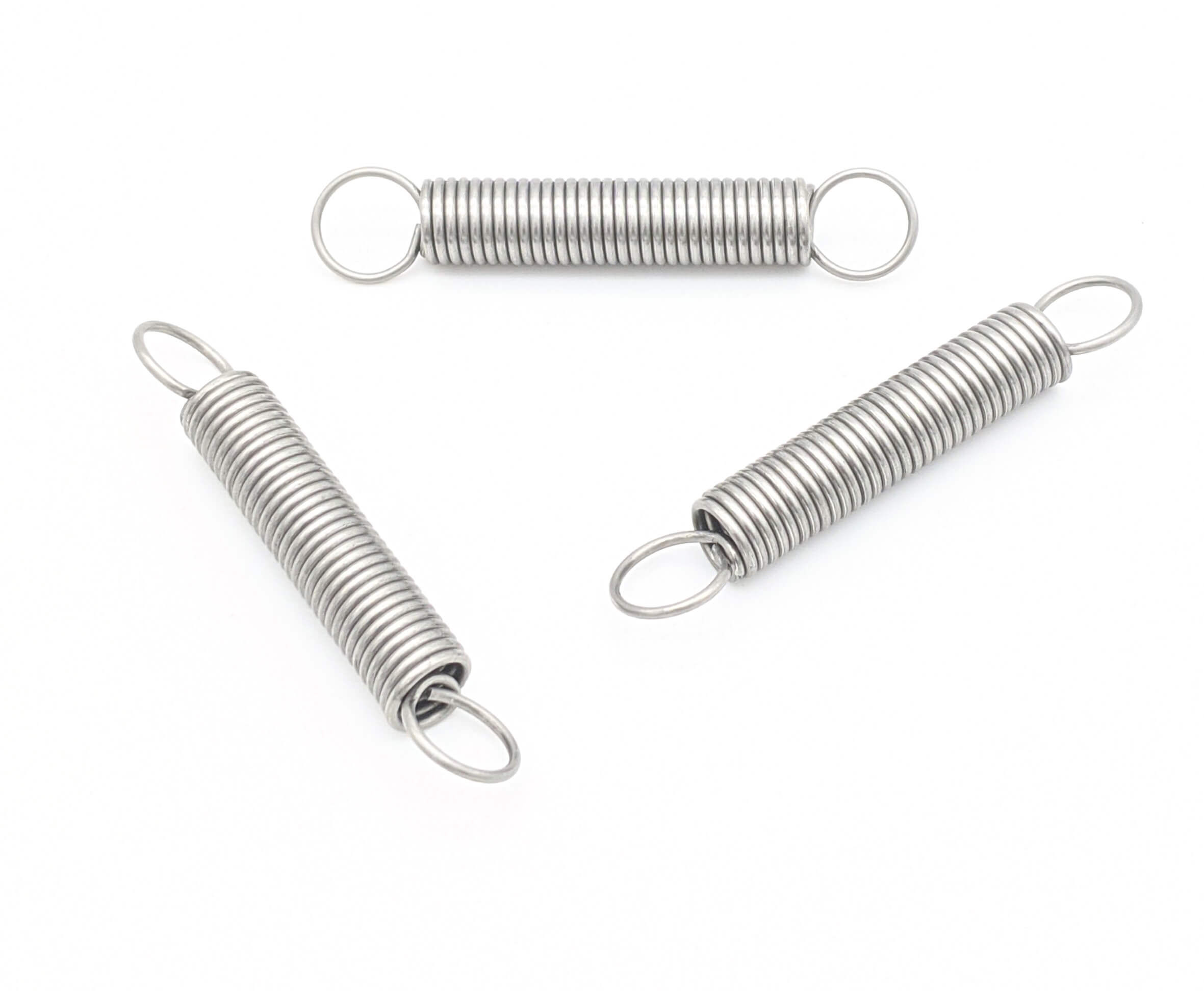Get unique, complex parts easily. No matter your requirements, Chaoyi Spring creates hard-to-produce coil springs and wire forms.
Let us help you create the custom wire form you need, from S-hooks and J-hooks to utility hooks and more.
We work closely with customers across a wide range of industries, helping them design and manufacture made-to-order parts.
Why choose Chaoyi Spring? We prioritize customer-focused collaboration, modern equipment and the latest technology to make your parts per print.
Find the information and guidance you need, from measuring a spring to learning about materials, placing an order and much more.
Torsion springs, often overlooked in the realm of mechanical engineering, are ubiquitous in our daily lives. These coiled wonders, designed to store and release rotational energy, play a crucial role


Torsion springs, often overlooked in the realm of mechanical engineering, are ubiquitous in our daily lives. These coiled wonders, designed to store and release rotational energy, play a crucial role in countless devices and applications. From the simple click of a pen to the complex mechanisms of industrial machinery, torsion springs provide the crucial force needed for smooth operation and reliable performance.

Imagine a coiled wire, not unlike a spring you might find in a toy. But instead of pushing or pulling, this spring is designed to twist. This twisting motion is the essence of a torsion spring. When you apply a force to one end, it winds up, storing potential energy. Release that force, and the spring unwinds, releasing the stored energy as rotational force. This simple principle finds application in a vast array of devices, from household appliances to sophisticated machinery.
The beauty of torsion springs lies in their versatility. Their ability to store and release rotational energy makes them indispensable in numerous applications. Here are just a few examples:
1. Everyday Essentials: Think of the click of a ballpoint pen. That satisfying sound is generated by a tiny torsion spring, providing the force for the pen's retraction mechanism. Similarly, spring-loaded clothespins, door hinges, and even the mechanism of a mouse trap rely on torsion springs for their functionality.
2. Industrial Powerhouses: In the industrial world, torsion springs play a vital role in heavy-duty machinery. They are integral to automotive suspension systems, providing the spring force that absorbs bumps and ensures a smooth ride. Torsion springs are also essential in gearboxes, where they are used for gear shifting, and in various industrial machinery, providing the torque needed for precise movements.
3. Precision Instruments: Even in precision instruments, torsion springs are crucial. They are used in clocks and watches, providing the force that powers the hands and keeps time accurately. In medical devices, they are employed in syringes, forceps, and other instruments, ensuring smooth and reliable operation.
4. Beyond the Obvious: Torsion springs even find their way into unusual applications. In musical instruments, they are used to tune strings and provide the tension needed for accurate sound production. In sports equipment, they are used in golf clubs, tennis rackets, and even archery bows, providing the springiness that enhances performance.
Torsion springs come in various forms and materials, each tailored to specific needs. Some of the most common types include:
1. Coil Springs: These are the most basic type, consisting of a single coil of wire. They are suitable for simple applications where space is not a constraint.
2. Double Coil Springs: These springs have two coils, allowing for greater storage of rotational energy and enhanced torque output.
3. Multi-Coil Springs: As the name suggests, these springs have multiple coils, increasing their storage capacity and making them ideal for high-torque applications.
4. Compression Springs: While primarily designed for linear force, compression springs can be used as torsion springs when configured correctly. This offers flexibility in certain designs.
Selecting the right torsion spring for an application requires careful consideration of several factors:
1. Spring Rate: This refers to the amount of force required to rotate the spring a certain angle. A higher spring rate indicates a stiffer spring that requires more force to twist.
2. Material: Different materials, such as steel, stainless steel, or spring wire, have different strength, durability, and resistance to corrosion. Choosing the right material is essential for long-lasting performance.
3. Size and Shape: The size and shape of the spring determine its storage capacity and torque output. For compact applications, smaller springs are preferred. For high-torque applications, larger, thicker springs are necessary.
4. Operating Environment: The operating environment, including temperature, humidity, and corrosive substances, must be considered to ensure the spring's longevity and proper functionality.
Torsion springs are constantly evolving, with advancements in materials, manufacturing techniques, and design. New alloys and coatings offer improved strength, durability, and resistance to fatigue. Additive manufacturing (3D printing) is emerging as a powerful tool for creating highly customized torsion springs with complex geometries. These advancements are expanding the potential of torsion springs, enabling them to play an even greater role in future technologies.
Torsion springs, though often unassuming, are essential components in a vast array of devices. Their ability to store and release rotational energy makes them invaluable in everyday objects, industrial machinery, and even precision instruments. As technology advances, the role of torsion springs is likely to grow, pushing the boundaries of what's possible in mechanical design.
Browse some of the custom wire forms and springs that we manufacture. Don’t see what you need? We specialize in made-to-order products that meet your application requirements.
Visit Our GalleryNeed a custom wire form or coil spring? We make it work. Fill out the contact form and a representative will respond within 1 business day. If you have a PDF or CAD file, you can submit to request a quote.